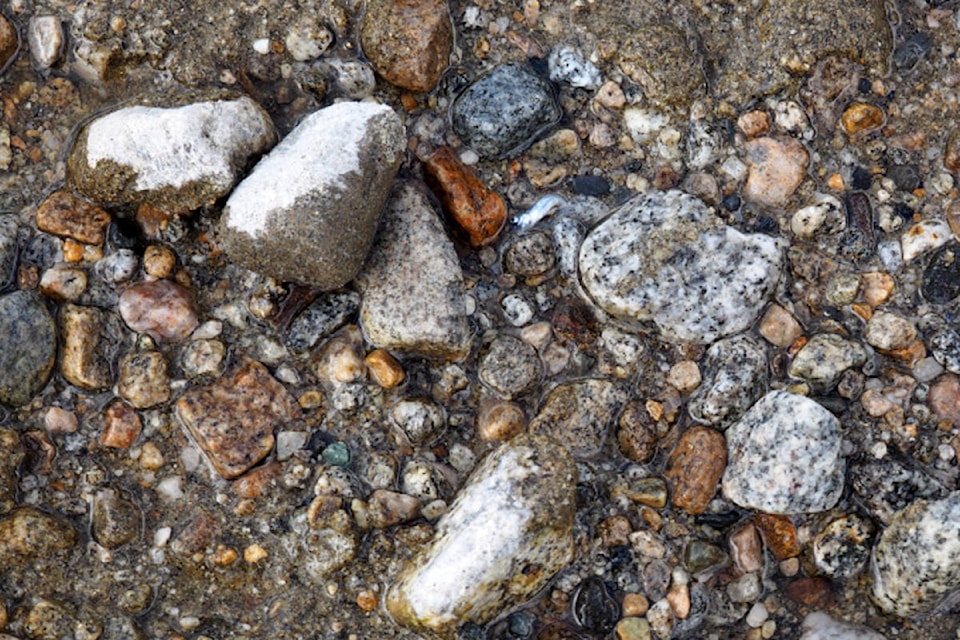Eileen Delehanty Pearkes
Many locals have commented over the past month about the extremely low water levels on the West Arm of Kootenay Lake. A few factors influence this. Both, one could argue, are human influenced. The first is the dry weather of late winter and early spring. This translates into less water from creeks and rivers filling the Arm and relates to climate change.
The second human influence is the controlled in-and-out flows from dams up and downstream of the Arm. Upstream are Libby Dam in Montana, and Duncan Dam north of Kaslo/Argenta. Both are governed by the 1961 Columbia River Treaty. Downstream, Corra Linn Dam, operated by Fortis BC, controls how and when water leaves the Arm. This control relates to a 1938 order by the International Joint Commission to reduce flooding in Idaho and Creston, protecting agriculture and human property.
These dams weave a complex web. The intricate system operates mostly outside of our minds and hearts, but has come home to roost this year on the spawning beds of the West Arm’s kokanee shore-spawners. These fish don’t nose their way up the channels and natural streams. They release and fertilize eggs in gravel nests (redds), located along the shoreline. The extremely low water this year, combined with our still-evolving understanding of the behaviour of the shore-spawners, have resulted in a sad story that reminds me how much more work we have to do to make reservoirs friendly for local fish.
The shore-spawners only came to the attention of local fish officials about 16 years ago. Until then, the sight of a dead kokanee on the shoreline had for many years been mistaken by scientists and others for a spawner that had floated out of a stream or constructed channel.
Native fish here evolved with free-running rivers and lakes fed by the glaciers. They like natural, seasonal fluctuations of cold water. Shore-spawners have evolved to lay their eggs a little later than the creek spawners, during the natural, low, autumn water levels. They like to depart from their nests a little earlier than the creek spawners — in late February to mid-March.
Water levels in our dammed system are now held higher than natural in autumn, to fill the reservoir and prepare to generate power through the winter. Levels drain lower than natural in spring, to prepare for flood storage. Since the “discovery” of the shore-spawners, a few studies have surveyed where and how they spawn. A committee representing the hydro-power companies, First Nations, scientists and government regulators has tried to find a way to support shore-spawning habitat. I wrote about their 2012 decision to drop autumn water levels every three years in this column last year. It has been a commendable effort, one that cost the power companies lost revenue. Never an easy decision.
This year, a noticeable number of redds are still well above the water line. Kokanee are trying to swim out, but there is nowhere for them to go. It’s a sign that the committee may need to go back to the drawing board. In any given year, some fish would not make it, even in a natural system. With our human needs and interests dominating the system, we also have a greater responsibility to make room for the needs of the non-human.
A few knowledgeable locals, with B.C. Fish and Wildlife permission, surveyed the nests in March and noticed the numbers of stranded fish. They brought the situation to my attention, and I’m bringing it to yours. Our cultural values have shifted a lot since 1938 and 1961. Solving this won’t be easy, but making more room for fish would be worth the effort.
Eileen Delehanty Pearkes is the author of A River Captured: the Columbia River Treaty and Catastrophic Change.
